Discover How Cold Is Alaska in Winter
Are you planning a trip to Alaska during the winter months? If so, you may be wondering just how cold it gets in the Last Frontier. The truth is, Alaska is known for its frigid temperatures, especially during the winter season. In fact, it’s not uncommon for temperatures to drop below -50°F (-45.6°C) in some parts of the state.
But don’t let the cold scare you away! With the right preparation and gear, you can still enjoy all that Alaska has to offer during the winter months. From snowmobiling and dog sledding to viewing the Northern Lights, there are plenty of outdoor activities to keep you entertained. So, let’s take a closer look at just how cold Alaska can get in the winter and what you can do to stay warm and safe during your visit.
Alaska’s Winter Climate
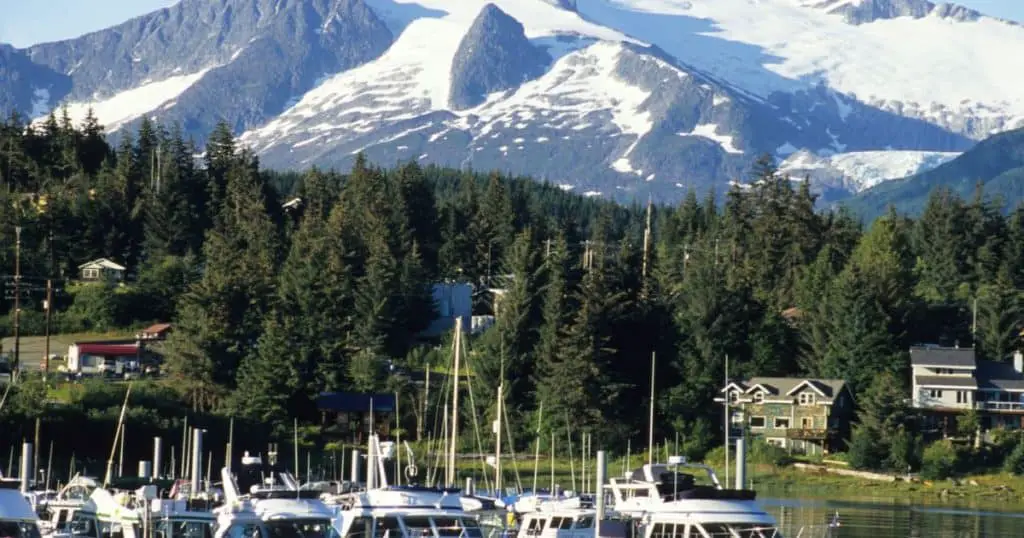
If you’re planning a trip to Alaska during the winter season, you might be wondering what to expect in terms of weather and temperature. Alaska is known as the coldest state in the United States, and it’s no surprise that winter temperatures can be quite extreme. In this section, we’ll take a closer look at Alaska’s winter climate, including temperature and weather patterns.
Temperature
Winter temperatures in Alaska can vary greatly depending on where you are in the state. In general, temperatures range from about -10 to 20°F (-23 to -7°C) in the southern part of the state, while temperatures in the northern part of the state can drop to -50°F (-45.6°C) or even lower. Fairbanks, located in the interior of the state, is one of the coldest cities in Alaska, with average temperatures in January ranging from -15 to 1°F (-26 to -17°C). Anchorage, located in southcentral Alaska, has average temperatures in January ranging from 9 to 23°F (-13 to -5°C).
Weather
Winter weather in Alaska can be unpredictable, but there are some general patterns that you can expect. The interior of the state tends to be drier and colder, while the coastal regions tend to be milder and wetter. The Aleutian Islands, located in the southwest part of the state, have some of the mildest winter temperatures in Alaska, with average temperatures in January ranging from 28 to 39°F (-2 to 4°C). Juneau, located in the southeast part of the state, is one of the wettest cities in Alaska, with an average of 17 rainy days in January.
In terms of snowfall, Alaska is known for its heavy snowfall during the winter season. Barrow, located in the Arctic region of the state, has an average snowfall of 20 inches (50 cm) in January. Nome, located on the Bering Sea coast, has an average snowfall of 13 inches (33 cm) in January. Seward, located on the Gulf of Alaska, has an average snowfall of 27 inches (69 cm) in January.
Alaska has a number of weather stations throughout the state that monitor temperature, precipitation, and other weather patterns. These weather stations are an important resource for residents and visitors alike, providing up-to-date information about current weather conditions and forecasts.
In conclusion, Alaska’s winter climate can be extreme, with temperatures ranging from -50°F (-45.6°C) or lower in some parts of the state. However, with the right gear and preparation, you can still enjoy all that Alaska has to offer during the winter season.
Winter Activities
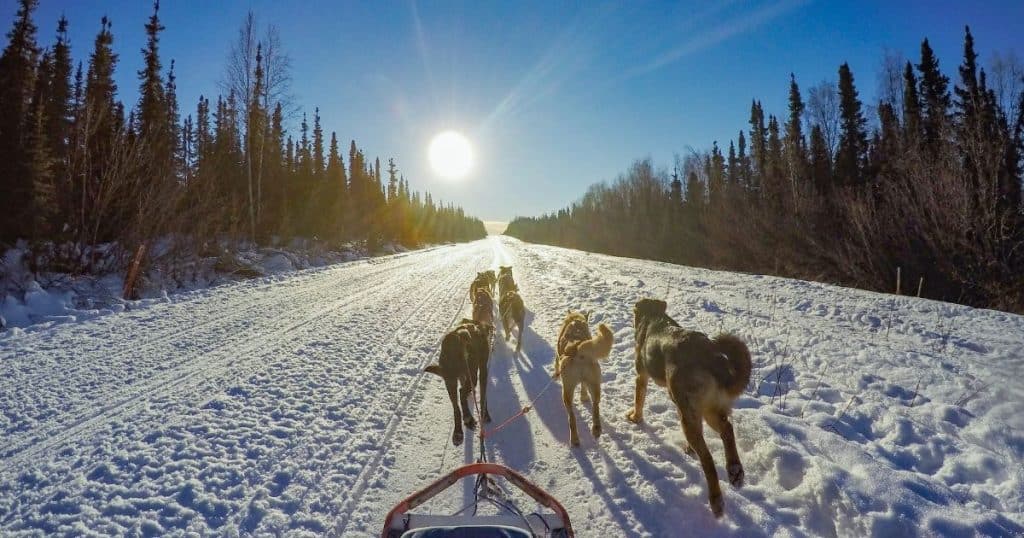
Alaska is a winter wonderland, and there are plenty of activities to keep you entertained during the coldest months of the year. From skiing to snowshoeing, there’s something for everyone. Here are a few winter activities to consider:
Skiing
Skiing is a popular winter activity in Alaska, and there are several ski resorts to choose from. Alyeska Resort, located in Girdwood, is the state’s premier ski destination. With over 1,600 skiable acres and an average snowfall of 650 inches, it’s a skier’s paradise. Other popular ski resorts include Eaglecrest Ski Area in Juneau and Hilltop Ski Area in Anchorage.
When hitting the slopes, it’s important to dress appropriately. Layering is key, as it allows you to adjust your clothing as needed. Start with a moisture-wicking base layer, add a warm mid-layer, and finish with a waterproof outer layer. Don’t forget a hat, gloves, and a scarf to keep your extremities warm.
Clothing
When it comes to winter clothing, Alaskans know best. Invest in quality winter gear, such as a down or wool jacket, waterproof boots, and thick gloves. Layering is also important, as it helps trap heat and keep you warm.
When choosing winter clothing, it’s important to prioritize function over fashion. While a stylish jacket may look great, it won’t do much to keep you warm if it’s not designed for cold weather. Look for clothing that is specifically designed for winter sports, such as skiing or snowshoeing.
Other Activities
If skiing isn’t your thing, there are plenty of other winter activities to enjoy. Snowshoeing is a great way to explore the outdoors and get some exercise. Ice fishing is also popular, and there are several guided tours available.
No matter what activity you choose, it’s important to dress appropriately and stay warm. Layering is key, as it allows you to adjust your clothing as needed. Don’t forget to bring a hat, gloves, and a scarf to keep your extremities warm. With the right clothing and gear, you can enjoy all that Alaska has to offer during the winter months.
Daylight in Winter
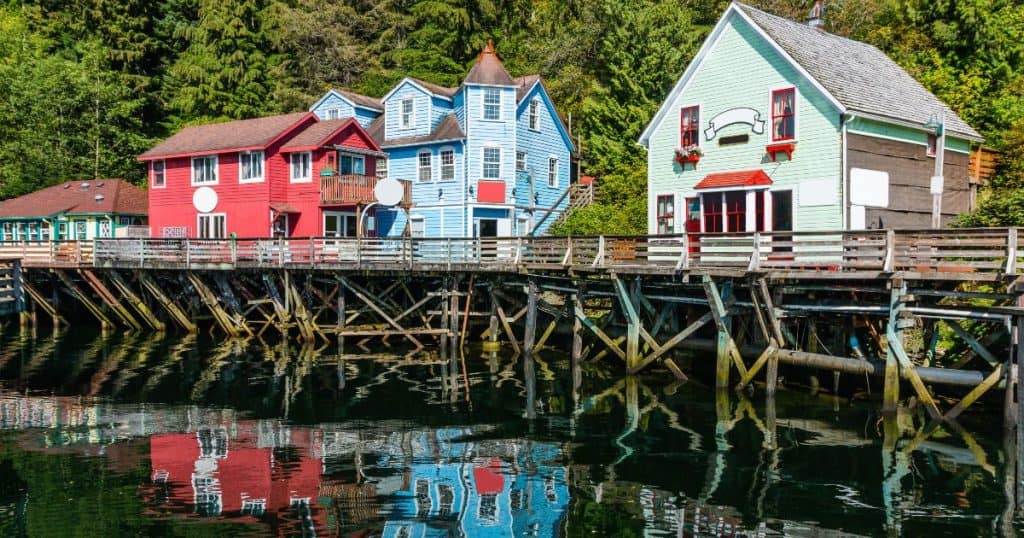
Winter in Alaska can be a magical time. The snow-covered landscapes and breathtaking aurora borealis make it a winter wonderland. However, one thing you need to be prepared for is the limited daylight hours. In fact, during the winter solstice, the shortest day of the year, some parts of Alaska see as little as 3-4 hours of daylight.
Imagine waking up in the morning and it’s still pitch black outside. You go about your day, and before you know it, the sun is setting, and it’s dark again. It can be disorienting, and you might find yourself feeling a little down. But don’t worry; there are ways to cope with the limited daylight hours.
One way to make the most of the limited daylight is to plan your activities accordingly. Try to schedule outdoor activities during the daylight hours, such as skiing, snowshoeing, or dog sledding. You can also plan indoor activities for the darker hours, such as visiting museums, art galleries, or cozying up with a good book.
Another way to cope with the limited daylight is to invest in a light therapy lamp. These lamps mimic natural sunlight and can help regulate your body’s circadian rhythm, making it easier to wake up in the morning and fall asleep at night.
It’s also important to stay active during the winter months. Exercise releases endorphins, which can help combat the winter blues. So, bundle up and go for a walk, hit the gym, or try a new winter sport.
In summary, the limited daylight hours during an Alaskan winter can be challenging, but with a little planning and preparation, you can make the most of your time there. Plan your activities accordingly, invest in a light therapy lamp, stay active, and most importantly, embrace the beauty of the winter season.
Winter Months
Winter in Alaska is a magical time of year. The snow-covered landscape creates a winter wonderland that is perfect for outdoor activities like skiing, snowshoeing, and ice skating. But, with all that snow and ice, you’re probably wondering just how cold it gets in Alaska during the winter months. Let’s take a closer look at January, February, and December.
January
January is the coldest month of the year in Alaska. The average temperature during the day is around 5°F (-15°C), and at night, it can drop to -20°F (-29°C) or lower. If you’re planning a trip to Alaska in January, be sure to pack plenty of warm clothing, including a heavy coat, hat, gloves, and boots. It’s also a good idea to dress in layers so you can adjust your clothing as needed.
February
February is another cold month in Alaska. The average temperature during the day is around 10°F (-12°C), and at night, it can drop to -15°F (-26°C) or lower. If you’re planning a trip to Alaska in February, be prepared for cold weather and plenty of snow. It’s a great time to hit the slopes or go snowmobiling, but be sure to dress warmly and take breaks indoors to warm up.
December
December is the start of winter in Alaska, and the temperatures are already quite cold. The average temperature during the day is around 15°F (-9°C), and at night, it can drop to -10°F (-23°C) or lower. If you’re planning a trip to Alaska in December, be sure to pack warm clothing and be prepared for snow and ice on the roads. It’s a great time to see the Northern Lights, but be sure to dress warmly and bring along some hot cocoa to keep you warm.
Overall, winter in Alaska is a beautiful and exciting time of year, but it’s important to be prepared for the cold temperatures. With the right clothing and gear, you can enjoy all the outdoor activities that Alaska has to offer during the winter months.
FAQs
Are you planning a trip to Alaska during the winter months? You might be wondering just how cold it gets up there. Here are some answers to frequently asked questions about the winter weather in Alaska.
How cold does it get in Alaska during the winter?
Alaska is known for its frigid winters. The average temperature in winter is around 20 degrees Fahrenheit, but it’s not uncommon for temperatures to drop below zero. In fact, some parts of Alaska can see temperatures as low as -60 degrees Fahrenheit. It’s important to pack warm clothing and gear if you plan to visit during the winter months.
What should I wear in Alaska during the winter?
Layering is key when it comes to dressing for the winter in Alaska. Start with a moisture-wicking base layer, add an insulating layer, and finish with a waterproof and windproof outer layer. Don’t forget to wear warm gloves, a hat, and a scarf to protect your extremities from the cold. It’s also a good idea to invest in a pair of insulated and waterproof boots.
What are some popular winter activities in Alaska?
Despite the cold temperatures, there are plenty of outdoor activities to enjoy during the winter in Alaska. Skiing, snowboarding, and snowshoeing are popular in the many mountainous regions of the state. Dog sledding is also a beloved pastime, and visitors can take a guided tour or even participate in a dog mushing race. For a more leisurely activity, consider taking a scenic winter drive or visiting one of the state’s many hot springs.
How many hours of daylight are there in Alaska during the winter?
Alaska is known for its extreme daylight variations, and this is especially true during the winter months. In some parts of the state, the sun may only be up for a few hours each day. In Fairbanks, for example, there are only about 3-4 hours of daylight in December. However, this also means that visitors have the opportunity to witness the stunning Northern Lights during the long nights.
Is it safe to travel to Alaska during the winter?
While the winter weather in Alaska can be harsh, it is generally safe to travel as long as you are prepared and take the necessary precautions. It’s important to check weather and road conditions before setting out and to always let someone know your travel plans. It’s also a good idea to carry a survival kit in case of emergency. With proper planning and preparation, a winter trip to Alaska can be a magical and unforgettable experience.
Before You Go
Now that you know how cold is alaska in winter, it’s important to plan accordingly if you’re planning a trip to the state during this season. Here are some key takeaways to keep in mind:
- Temperatures in Alaska in the winter can range from around -15 degrees Fahrenheit to as low as -60 degrees Fahrenheit.
- Dressing warmly and being prepared for the cold weather is essential if you’re planning to visit Alaska in the winter.
- The climate in Alaska can vary widely by region and season, so it’s important to research the specific area you’ll be visiting to get a better idea of what to expect.
If you’re planning a trip to Alaska in the winter, there are a few things you can do to make sure you’re prepared for the cold:
- Pack warm clothing, including a heavy coat, gloves, hat, and boots.
- Consider investing in thermal underwear and other cold weather gear.
- Plan your activities around the weather and be flexible in case conditions change unexpectedly.
Overall, Alaska in the winter can be a magical and beautiful experience, with snow-covered landscapes and unique winter activities like dog sledding and ice fishing. Just make sure you’re prepared for the cold and you’ll be able to enjoy all that this incredible state has to offer.

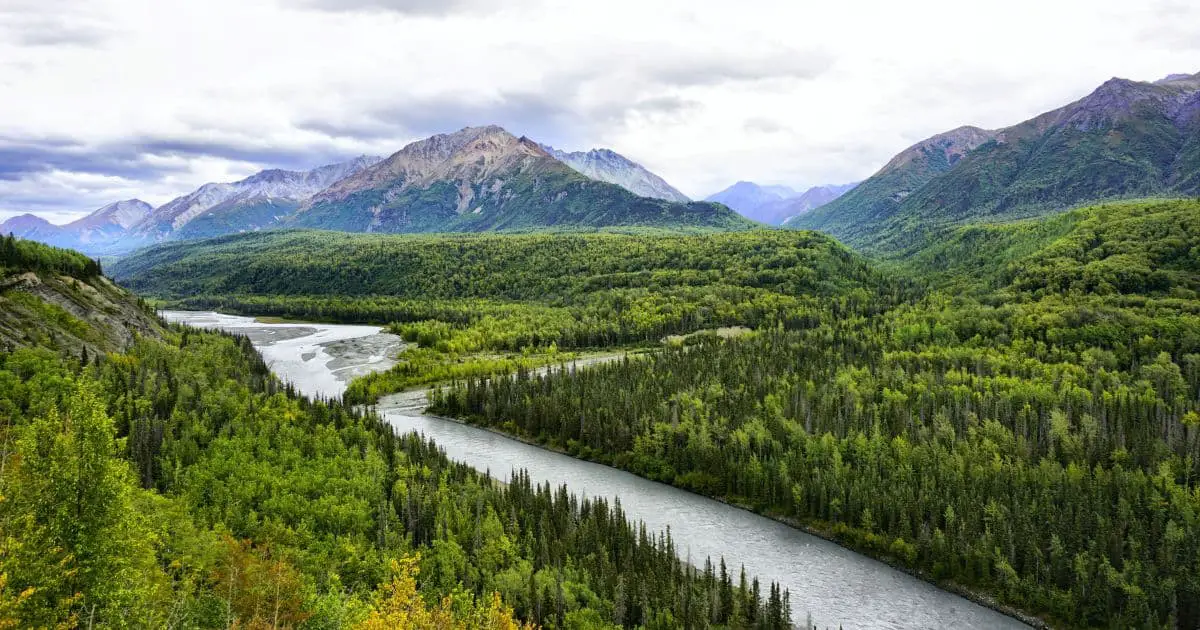
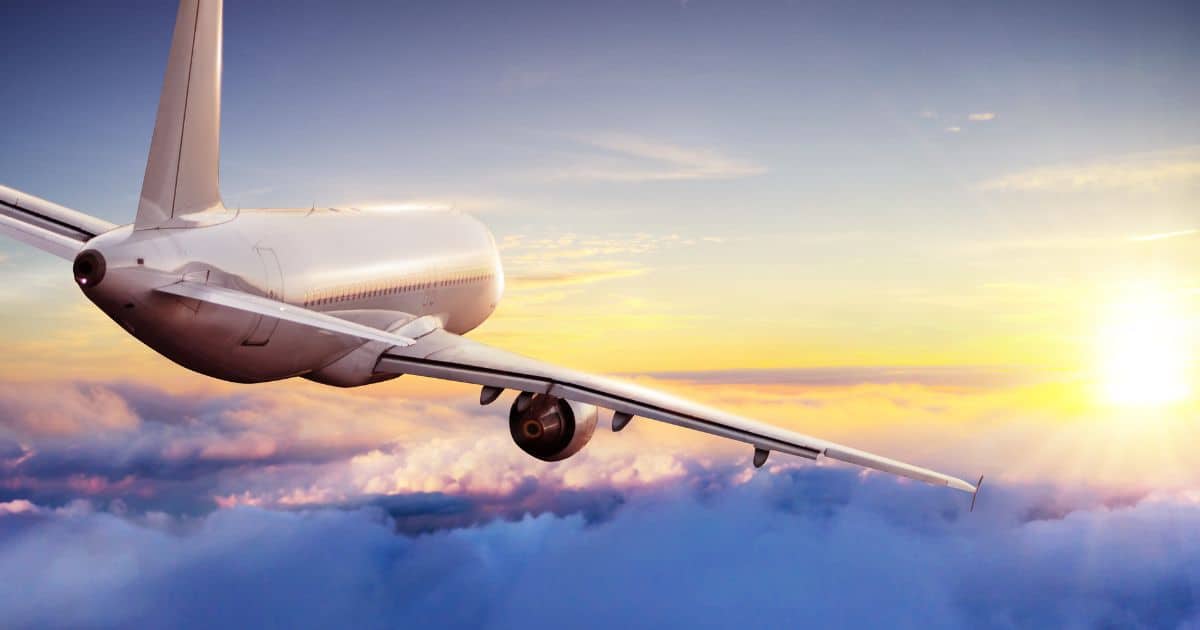

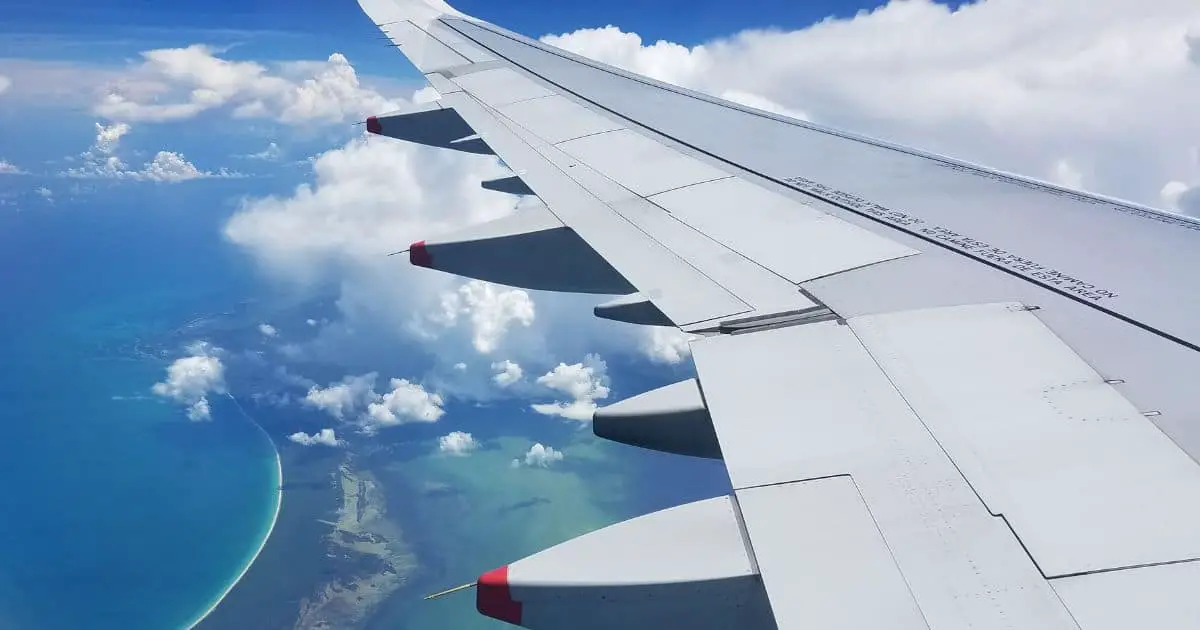
Leave a Reply